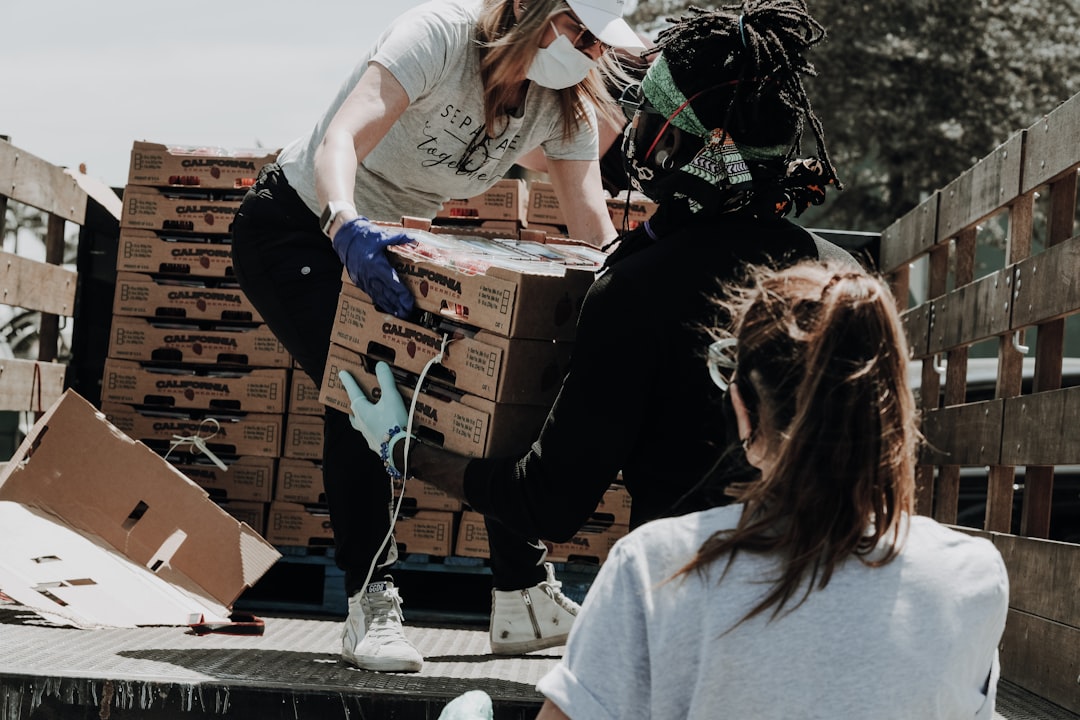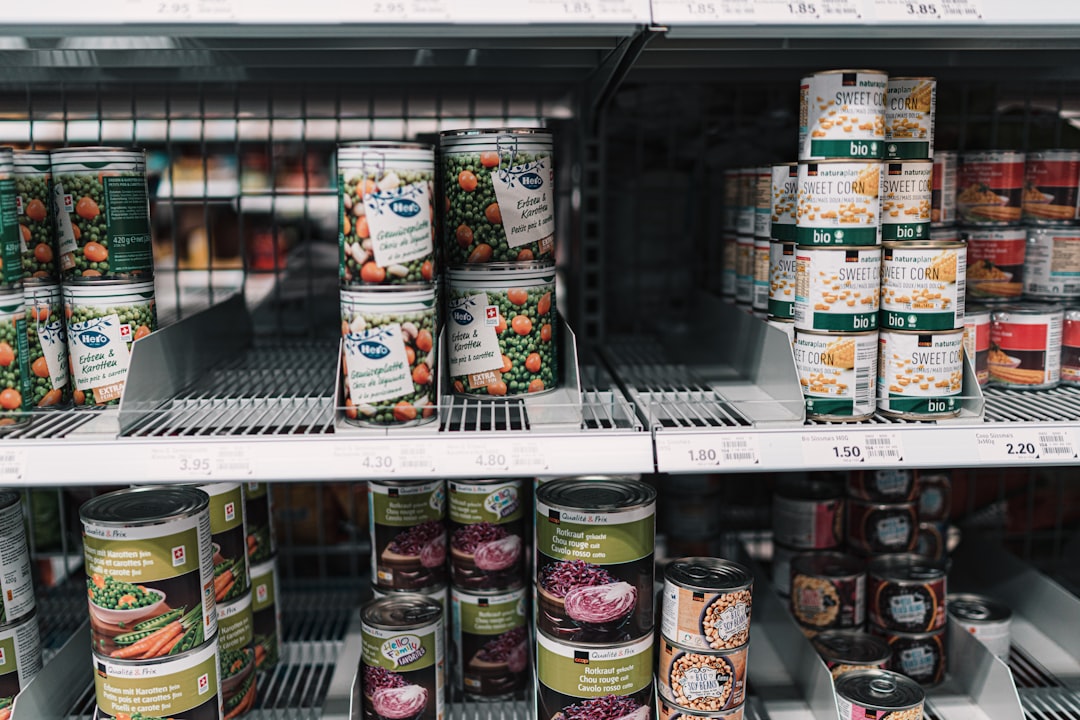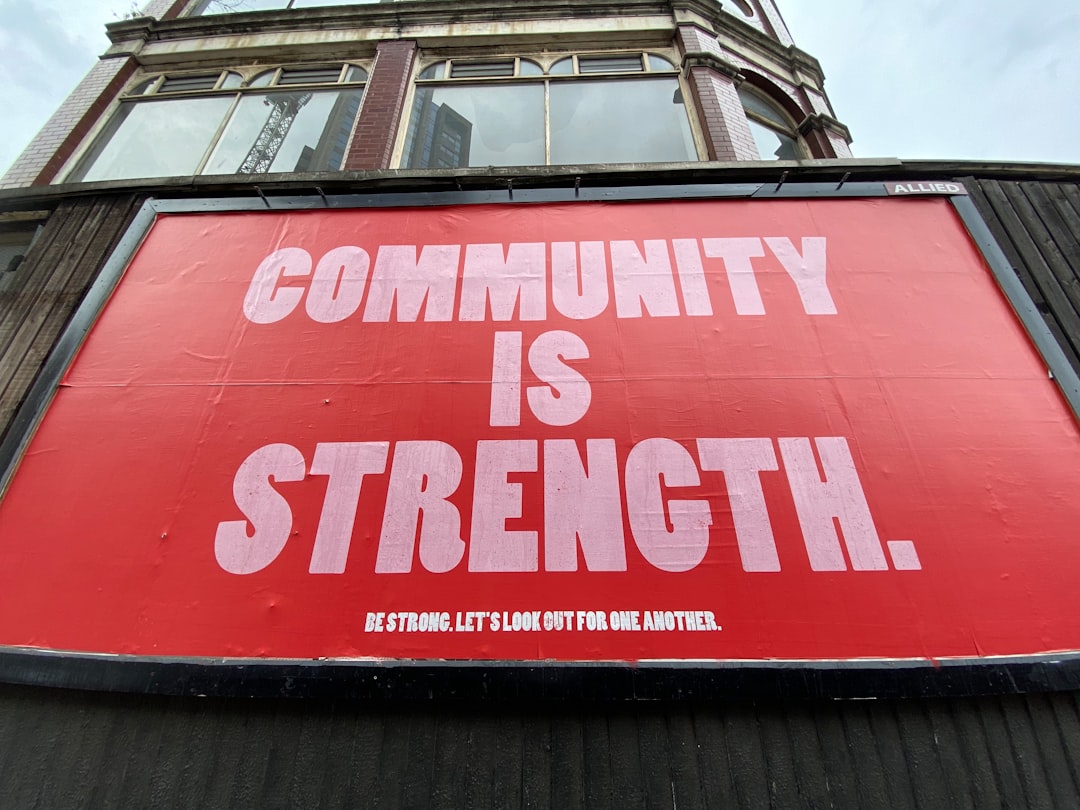In tough times, we often face the challenge of balancing our need for community support with the instinct to protect our own hard-earned stuff. So, how do you build trust during a crisis while keeping your privacy and resources safe? It all begins with clear communication—laying out your boundaries and what you expect from your neighbors.
By setting boundaries and finding trustworthy friends, you can create a network that supports both the community’s strength and your personal needs. This blog expands on my previous post about creating a supportive group of women. It offers practical strategies for sharing resources without compromising your safety, helping you thrive in your community while keeping your peace of mind.
Building Trust During Crisis
During a crisis, nurturing trust within your community becomes essential. Effective communication and identifying trustworthy allies are key components in building and maintaining this trust. The challenge lies in being transparent and open while also ensuring that your personal boundaries and privacy are respected. If you need a prepping mindset refresher, check out one of my first articles, “Prepping 101:A Practical Preparedness Start for Single Women” here.
Effective Communication Strategies
Effective communication is the cornerstone of building trust during any crisis. It involves being clear, direct, and consistent in your messaging. Open dialogue ensures that expectations are set, and misunderstandings are minimized.
Start by being transparent about your own needs and capabilities.
Use active listening to understand others’ perspectives and concerns.
Establish regular check-ins with your community to update each other on any changes.
A real-world example of effective communication is neighborhood watch groups. They rely on consistent updates and mutual support to keep communities safe. According to PRSA, fostering trust through clear communication can significantly enhance community resilience.
Identifying Trustworthy Allies
Finding the right people to trust is crucial. Look for individuals who have demonstrated reliability and responsibility in past interactions. Building a network of trustworthy allies ensures that your community can function smoothly during a crisis.
Observe the behavior of community members in low-stakes situations.
Engage in small collaborations to test reliability.
Seek recommendations from others you trust within the community.
In one community case study, individuals who were consistently involved in local initiatives and volunteering were more likely to be trusted as allies. According to a study from PMC, trust is built through shared experiences and mutual goals.
Privacy Protection in Community Support
While you’re building community support, keeping your privacy intact is key. It’s all about setting clear boundaries and protecting your resources so you can stay safe while being part of the collective effort.
Setting Boundaries for Safety
Establishing boundaries allows you to participate in community activities without compromising your personal space or security. It’s important to communicate these boundaries clearly to avoid any misunderstanding.
Define what you’re comfortable sharing with others.
Be upfront about your privacy needs from the start.
Respect others’ boundaries to model the behavior you expect.
Boundaries can be set in various aspects, such as not disclosing sensitive information or limiting access to certain areas. The Beeck Center emphasizes that protecting privacy during a crisis is key to helping vulnerable community members feel secure.
Safeguarding Resources Effectively
To keep your privacy intact, you’ve got to protect your resources smartly. This way, you can help out your community without risking being taken advantage of.
Secure your physical assets in a safe location.
Use technology to monitor and protect digital information.
Share resources in a controlled and limited manner.
For instance, using surveillance cameras can deter theft and misuse of shared resources. According to Zencity, balancing privacy and safety is crucial in the digital age.
We ladies tend to overshare, and while generally harmless, when it comes to safety and your preps, practice treating both like a courtroom exchange – a straight answer with no embellishment or information not explicitly asked for. Or, if the question about either is too intrusive, personal, or revealing, you must get used to saying “no” or that it’s information you do not wish to share.
Resource Sharing Without Compromise
Sharing resources is super important for community support. But, it’s crucial to do it in a way that keeps you safe and respects your privacy. Don’t feel pressured to share your prepping details—your safety comes first. Set boundaries and stick to them. If someone can’t respect that, they might not be a trustworthy partner. You can balance community resilience with personal security through careful planning and smart execution.
Balancing Collective Resilience
Collective resilience refers to a community’s ability to withstand crises through mutual support and resource sharing. Achieving this balance requires trust, transparency, and cooperation.
Develop a community resource pool where contributions are anonymous.
Establish guidelines on the fair distribution of resources.
Encourage skills sharing to reduce dependency on physical resources.
A community that can rely on each other’s skills and assets is more resilient. According to Zencity, fostering a sense of shared responsibility enhances collective resilience.
Practical Tips for Secure Sharing
Sharing resources securely involves implementing practical measures to protect both your assets and the trust of your community. Follow these tips to ensure you’re contributing safely:
Use locked drop-off points for physical goods, or select someone as a drop-off point so resources can be moved to a secure spot, such as a community center or church.
Implement digital agreements to track shared resources.
Regularly review and adjust sharing protocols based on feedback.
A community success story highlighted by the Beeck Center shows that secure sharing enhances trust and cooperation, leading to a stronger, more resilient community.
Read my previous article, “The Power of Community: How to Face Challenges Collectively” specifically about preparing with your community here.






